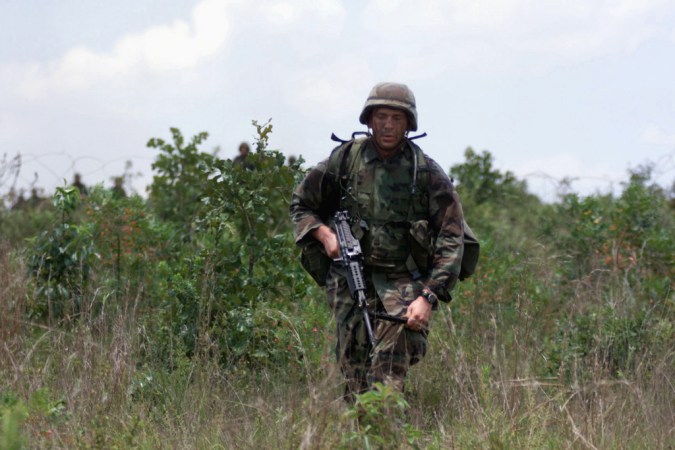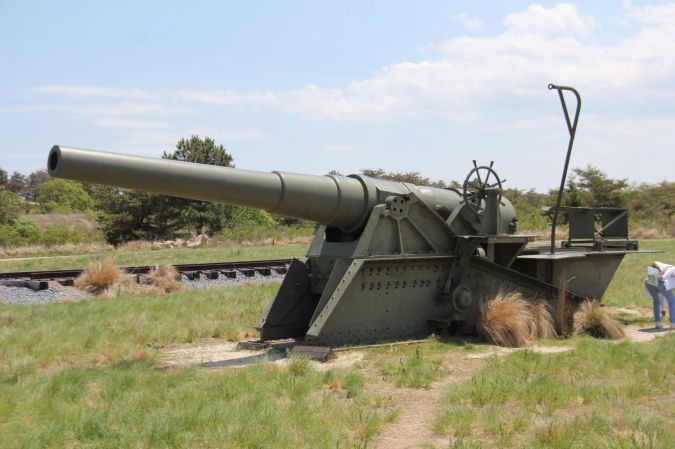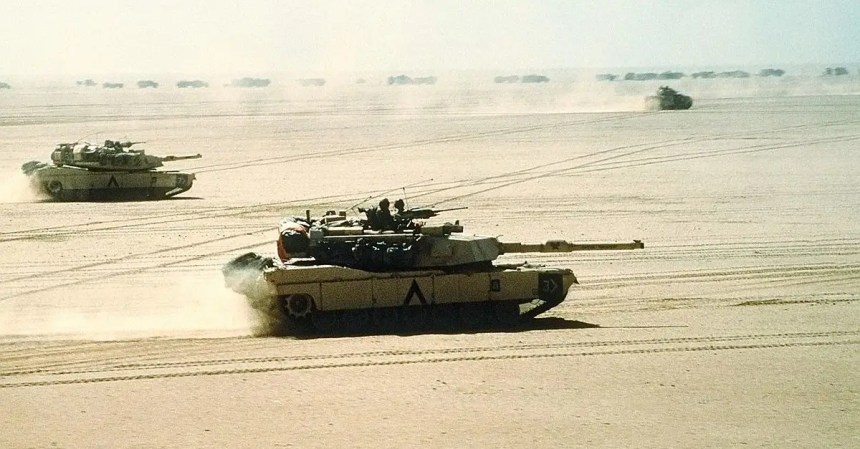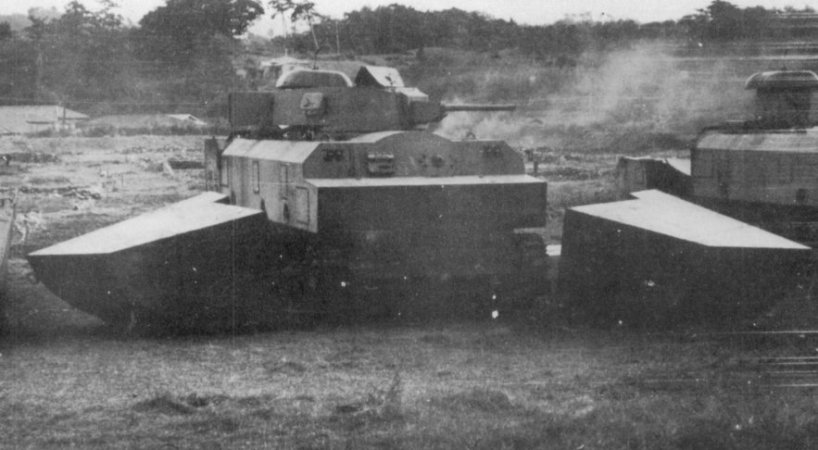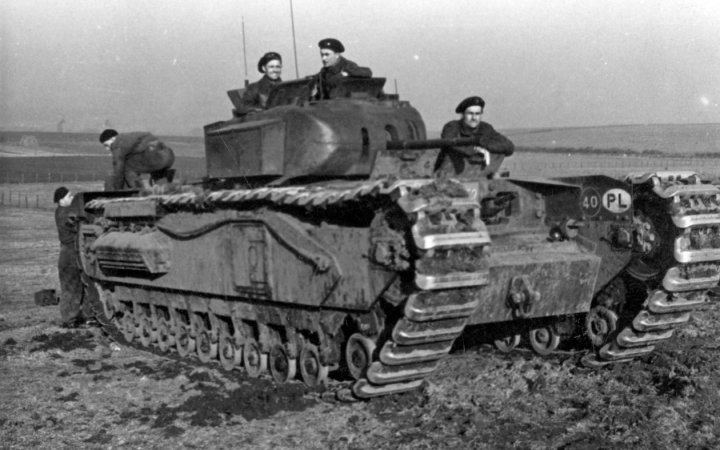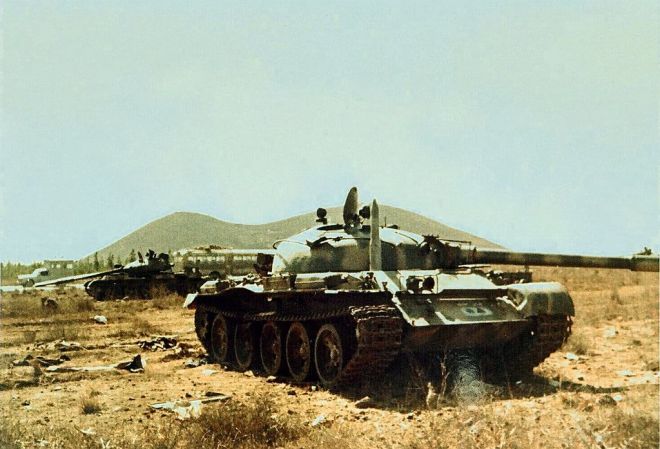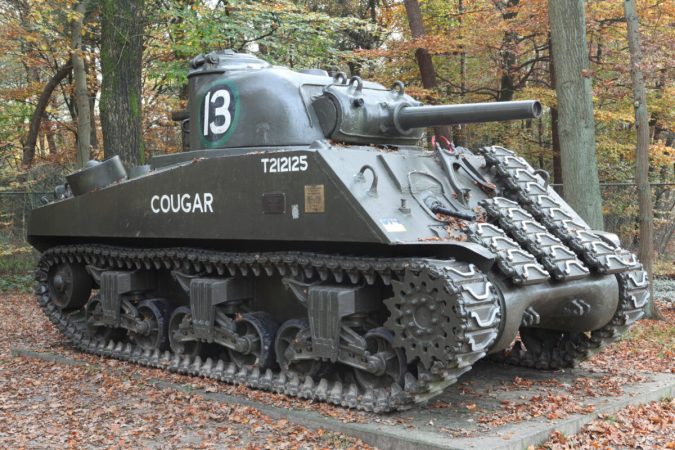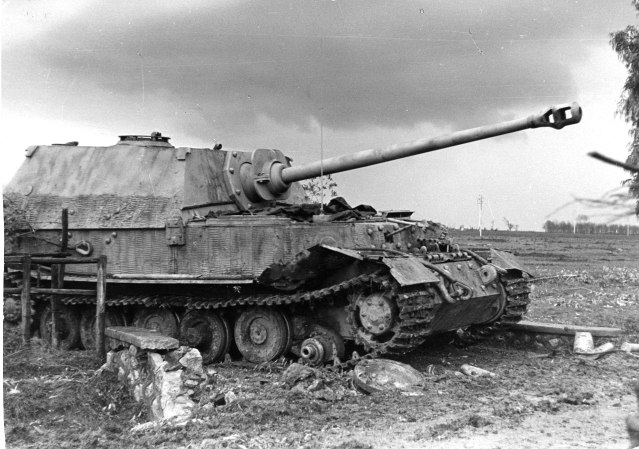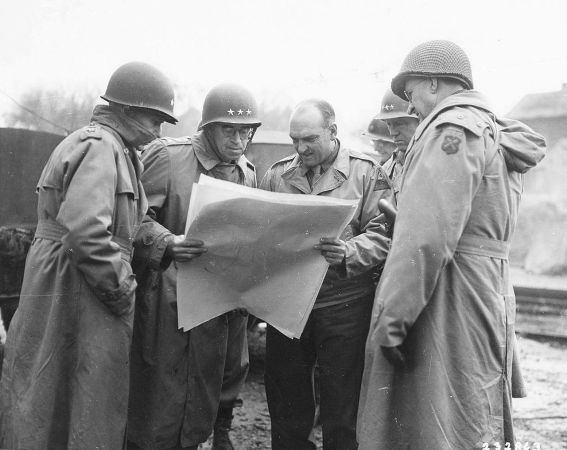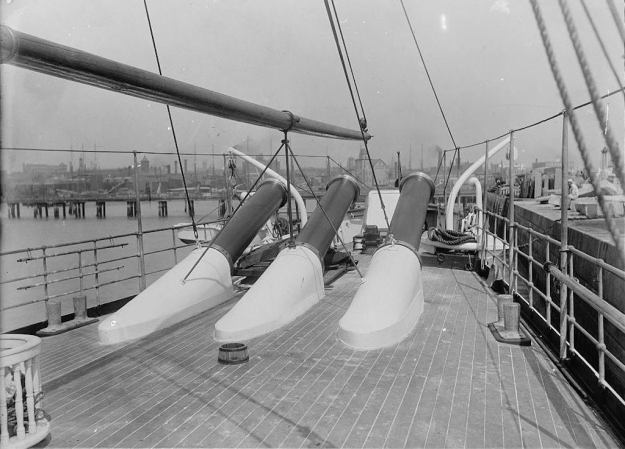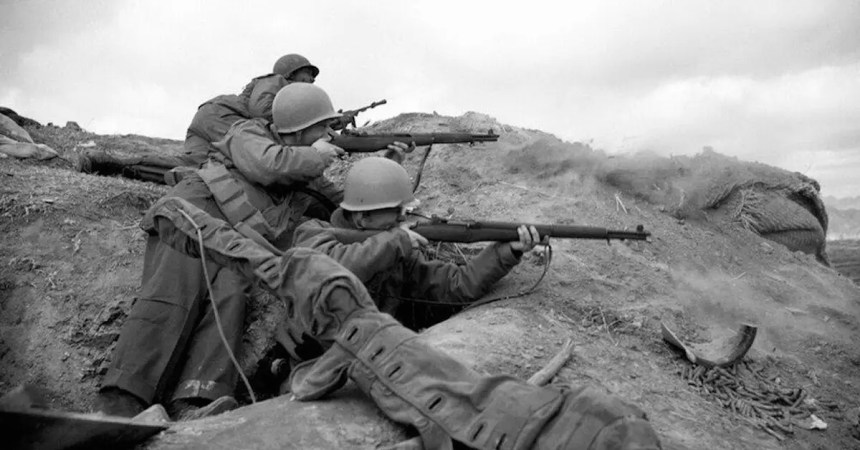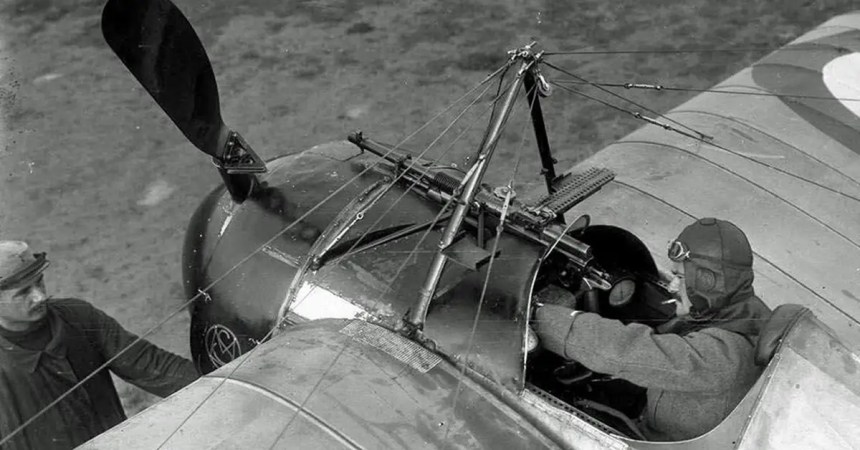When you think of artillery, you’re probably thinking of something like the M777-towed 155mm howitzer or the M109A6 Paladin self-propelled gun. But in the Civil War, cannon artillery was very different.
Back then, a gun wasn’t described by how wide the round was, but how much the round weighed. According to a National Park Service release, one of the most common was the 12-pounder Napoleon, which got that name from firing a 12-pound solid shot. The typical range for the Napoleon was about 2,000 yards. Multiply that by about twenty to have a rough idea how far a M777 can shoot an Excalibur GPS-guided round.

Another round used was the shell, a hollowed-out solid shot that usually had about eight ounces of black powder inserted. This is pretty much what most artillery rounds are today. The typical Civil War shell had a range of about 1,500 yards — or just under a mile.
However, when enemy troops were approaching, the artillery had two options. The first was to use what was called “case” rounds. These were spherical rounds that held musket balls. In the case of the Napoleon, it held 78 balls. Think of it as a giant hand grenade that could reach out as far as a mile and “touch” enemy troops.

When the enemy troops got real close, there was one last round: the canister. In essence, this turned the cannon into a giant shotgun. It would have cast-iron shot packed with sawdust. When enemy troops got very close, they’d use two canister rounds, known as “double canister” (in the 1993 movie, “Gettysburg,” you can hear a Union officer order “double canister” during the depiction of Pickett’s Charge).
To see what a canister round did to enemy troops, watch this video:





